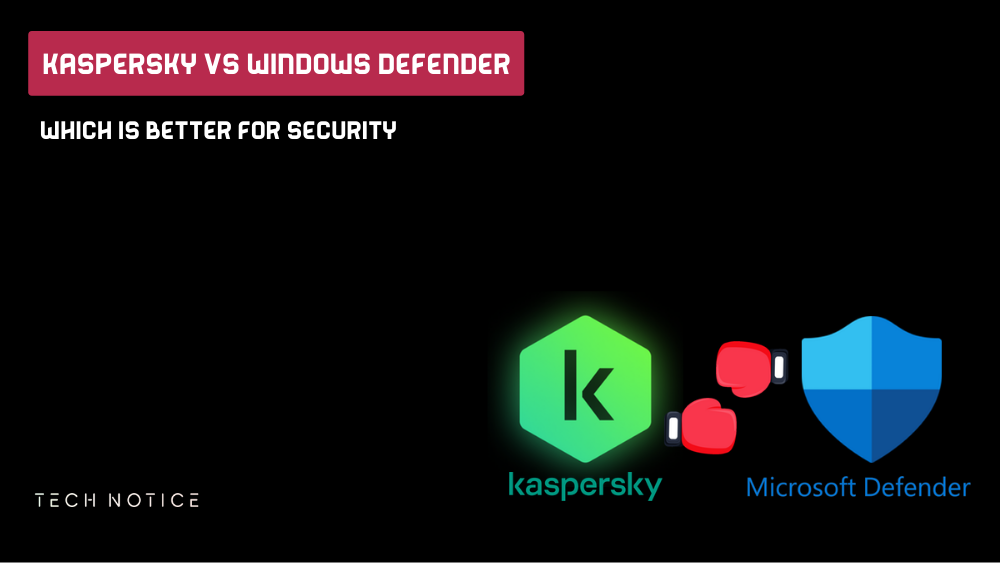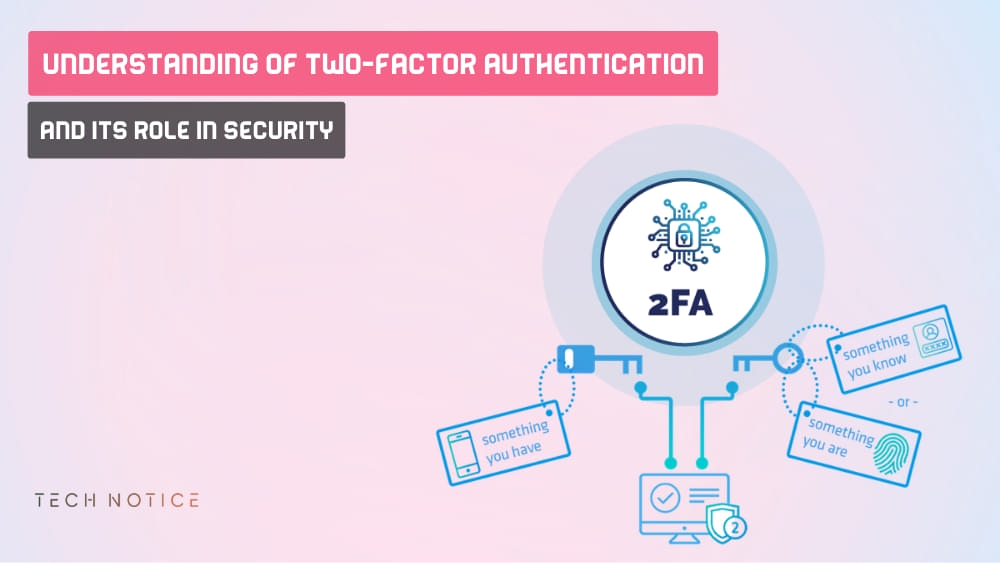# The Threat Of A Business Email Hack Attack: How To Identify And Prevent It

With the great advances in technology, the business world is witnessing a radical shift towards digital communication, and this major shift has led to the emergence of cyberattacks.
One such threat is the Business Email Compromise (BEC) attack, which is a type of fraud that targets businesses that use email as a means of communication.
BEC attacks are becoming increasingly sophisticated and widespread, which makes it essential for companies to understand the risks of this type of security threat and know how to prevent it.
In this article, we will discuss the risks of BEC attacks, how they work, and what companies can do to protect themselves from these threats.
We’ll also examine some real-world examples of BEC attacks and provide tips on how to identify and prevent them.
What is a business email hack attack?
BEC attacks are a type of cybercrime used by cybercriminals that aims to trick companies into stealing money or obtaining sensitive information.
These attacks typically start with a phishing email message, where the cybercriminal impersonates a trusted business partner, such as a supplier, vendor, or authorized executive.
It will typically request by email for payment or sensitive information, such as login credentials, and will often contain a sense of urgency or an implication that non-compliance will result in negative consequences.
Once the victim has complied with the request, the cybercriminal will often use social engineering tactics to continue the attack, such as requesting payments or additional information, or infecting the victim’s computer with malware.
BEC attacks are highly effective because they rely on trust, social engineering, and deceiving victims rather than a company’s technical or technological vulnerabilities.
What is an Email Attack?
An email attack refers to a malicious attempt by an attacker to gain unauthorized access to sensitive information or disrupt normal operations by exploiting vulnerabilities in the victim’s email systems.
Email attacks can take various forms, including phishing, phishing, spoofing, and malware attacks.
Phishing attacks typically involve sending fraudulent emails that appear to come from a trusted source and trick the recipient into providing sensitive information such as login credentials or financial information.
Spear-phishing is a more targeted version of phishing that involves sending personalized emails to specific individuals or companies, often with the intent of gaining access to valuable data or systems.
Spoofing attacks involve forging email headers or sender addresses to make it look like the email came from a legitimate source.
Malware attacks use email as a delivery mechanism to infect the recipient’s computer with malware, such as viruses or ransomware.
What is Email Attack Types
There are several types of email spoofing that cybercriminals can use to exploit vulnerabilities in email systems and gain unauthorized access to sensitive information.
Here are some common types of email attacks:
- Phishing attacks: These attacks involve sending phishing emails that appear to come from a trusted source and trick the recipient into providing sensitive information, such as login credentials or financial information.
- Spear Phishing: These are targeted versions of phishing attacks that involve sending personalized emails to specific individuals, often with the goal of gaining access to high-value data or systems.
- Spoofing attacks: These attacks involve forging email headers or sender addresses to make it appear as if the email came from a legitimate source, This can be used to trick recipients into opening malicious attachments or clicking on links that lead to malicious or phishing websites.
- Email spoofing that use malware attacks: These attacks use email as a delivery mechanism to infect the recipient’s computer with malware, such as viruses or ransomware.
- Man-in-the-middle attacks: These attacks intercept email messages while they are being sent or received and can allow attackers to read, modify, or forward email messages without the sender or recipient knowing.
To protect against email attacks, it is important to use security measures such as spam filters and anti-malware software, use caution when opening email messages from unknown or suspicious sources, and receive training on how to identify and respond to potential email attacks.
How do BEC Attacks Work?
BEC attacks can take many forms, but the most common methods involve impersonating or spoofing the email accounts for a legal company.
This includes creating two fake email addresses that appear to be from a trusted business partner or organization, such as a supplier, vendor, executive, or company.
A cybercriminal often uses social engineering tactics to create a sense of urgency or importance in an email, such as implying that payment is late or that requested information is urgently needed.
Once the victim has responded to the email and provided the requested information or payment, the cybercriminal will usually proceed with the attack, either by requesting additional information or by installing malware on the victim’s computer.
This can be done through a variety of methods, such as by sending a follow-up email with a link to a malware-infected website, or by attaching malware to a legitimate-looking document.
BEC attacks can be devastating for businesses, as they can lead to loss of sensitive information, financial loss, and reputational damage.
Cybercriminals are constantly developing new techniques to avoid detection, making it essential for businesses to stay informed and take proactive measures to protect themselves.
What is an Example of a BEC Attack?
BEC attacks by companies business email and company have been responsible for huge financial losses to businesses around the world.
In 2019, the FBI reported that BEC attacks resulted in more than $26 billion in losses globally over the past three years for a group of companies.
A notable example of a BEC attack was in 2016 when a Lithuanian cybercriminal used spear phishing attack techniques to trick two US tech companies into transferring $100 million into his bank account.
The cybercriminal created fake email accounts that appeared to be suppliers of technology companies and demanded payment for the services provided.
The two companies transferred the money to the cybercriminal’s bank account, the largest attack by BEC to date.
Another example is a BEC attack in 2020, in which a UK-based energy company was tricked into paying $243,000 to a cybercriminal posing as a trusted supplier.
The cybercriminal used a spoofed email address and billed the work the supplier allegedly did.
These examples highlight the devastating impact BEC attacks can have on businesses.
In both cases, companies fell victim to sophisticated social engineering techniques and suffered significant financial losses.
How to identify and prevent BEC attacks
BEC attacks can be difficult to detect because they rely on social engineering tactics rather than technical or technical vulnerabilities.
However, there are some steps companies can take to identify and prevent BEC attacks.
Employee training:
Staff training is critical to prevent BEC attacks, staff must be trained to identify phishing emails and validate emails from external sources.
The training should also include the importance of strong passwords and two-factor authentication.
Multi-factor authentication:
Multi-factor authentication (MFA) can help prevent unauthorized access to email accounts.
MFA requires users to provide additional authentication factors, such as a code sent to their phone, in addition to their password .
This can help prevent cybercriminals from accessing and using email accounts for fraudulent activities.
Email authentication
Companies can implement email authentication protocols, such as Sender Policy Framework (SPF) and Domain-based Message Authentication, Reporting, and Conformance (DMARC), to validate incoming email messages.
These protocols can help prevent email address spoofing and reduce the risk of BEC attacks.
Payment verification:
Payment requests should always be verified through a separate channel, such as a phone call or in-person conversation, before transferring funds.
This can help prevent fraudulent payment requests from being approved.
Report suspicious emails:
Employees should be encouraged to report any suspicious emails to their IT department.
Suspicious emails should be investigated and blocked if necessary.
What is multi-factor authentication?
Multi-factor authentication (MFA) is a security protocol that requires users to provide additional authentication factors, such as a code sent to their phone, in addition to their password.
This can help prevent cybercriminals from accessing and using email accounts for fraudulent activities.
What are email authentication protocols?
Email authentication protocols, such as Sender Policy Framework (SPF) and Domain-based Message Authentication, Reporting, and Conformance (DMARC), validate incoming email messages and help prevent email address spoofing.
What is payment verification?
Payment verification involves verifying payment requests through a separate channel, such as a phone call or in-person chat, prior to transferring funds.
This can help prevent fraudulent payment requests from being approved.
How can employees help prevent BEC attacks?
Employees can help prevent BEC attacks by being aware of phishing emails and suspicious requests, validating emails from external sources, using strong passwords and multi-factor authentication, and reporting any suspicious emails to their IT department.
What should companies do if they fall victim to a BEC attack?
If a corporate employee falls victim to a BEC attack, they must immediately report the incident to the bank and law enforcement authorities, and work with their IT department to secure their email system and prevent further attacks.
Conclusion
BEC attacks are a growing threat to businesses around the world.
These attacks rely on social engineering methods to trick companies into transferring money or sensitive information to cybercriminals.
BEC attacks can be devastating for businesses, leading to significant financial losses and reputational damage.
To protect against BEC attacks, companies should implement employee training, multi-factor authentication, email authentication protocols, filtering spam email, payment verification, and encourage employees to report suspicious emails.
By taking these proactive measures, companies can reduce the risk of falling victim to BEC attacks and protect their sensitive information and financial assets.

The 7 Best Antivirus with AI To Protect You From Security Threats
By Zouani in - 16 Mar, 2024
Kaspersky Vs Windows Defender: Which Is Better For Security
By Zouani in - 16 Feb, 2024
Understanding Of Two-Factor Authentication (2FA) And Its Role In Security
By Zouani in - 17 Jan, 2024
Difference Between Bitdefender Vs Kaspersky Antivirus: Which Is Best?
By Zouani in - 17 Jan, 2024
Ultimate Guide To Downloading From Torrenting Safely In 2025
By Zouani in - 18 Dec, 2023
6 Best Most Secure Web Browsers In 2025: (Which Is Best For You?)
By Zouani in - 18 Nov, 2023





